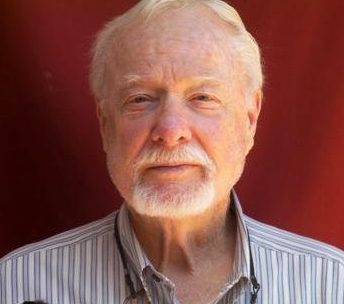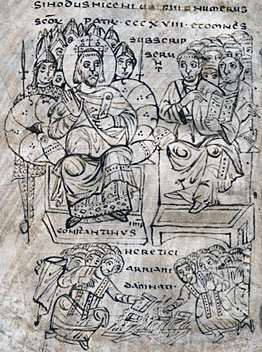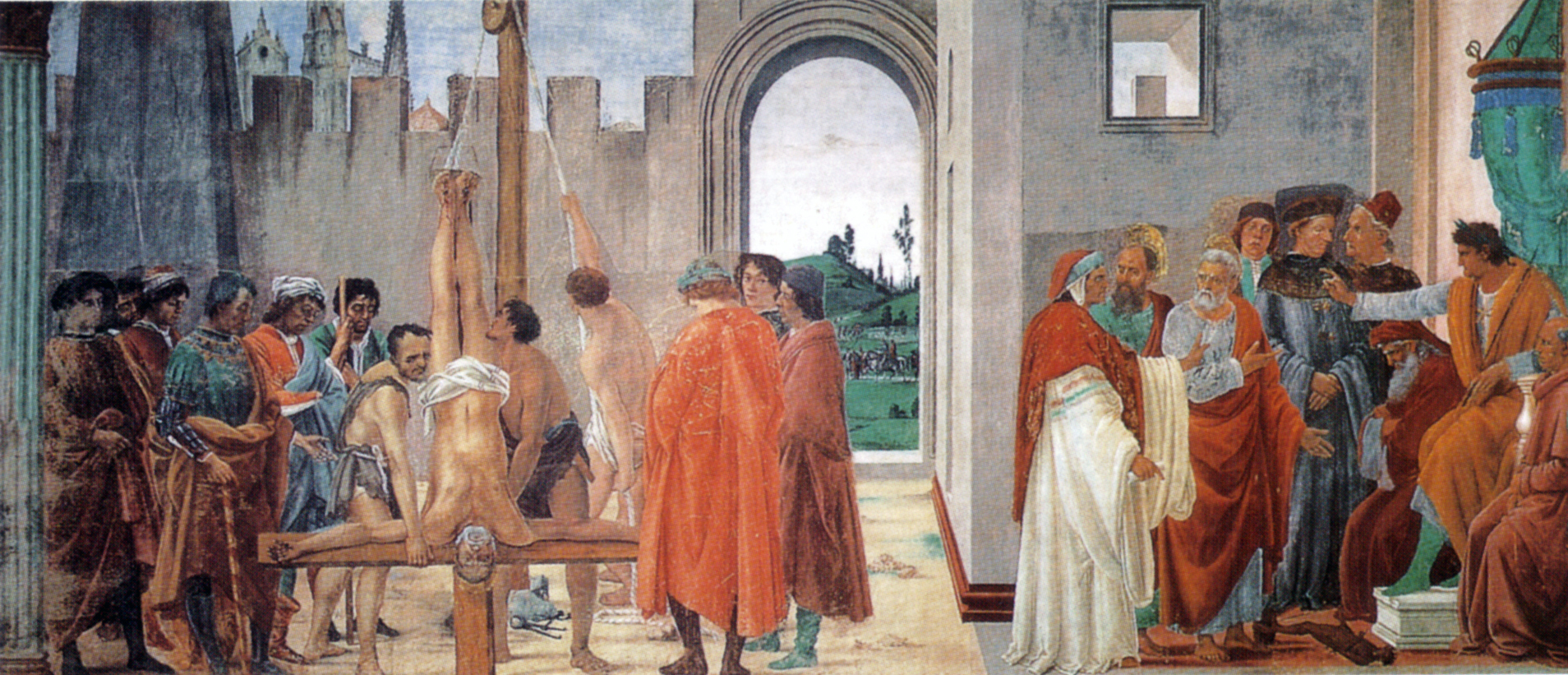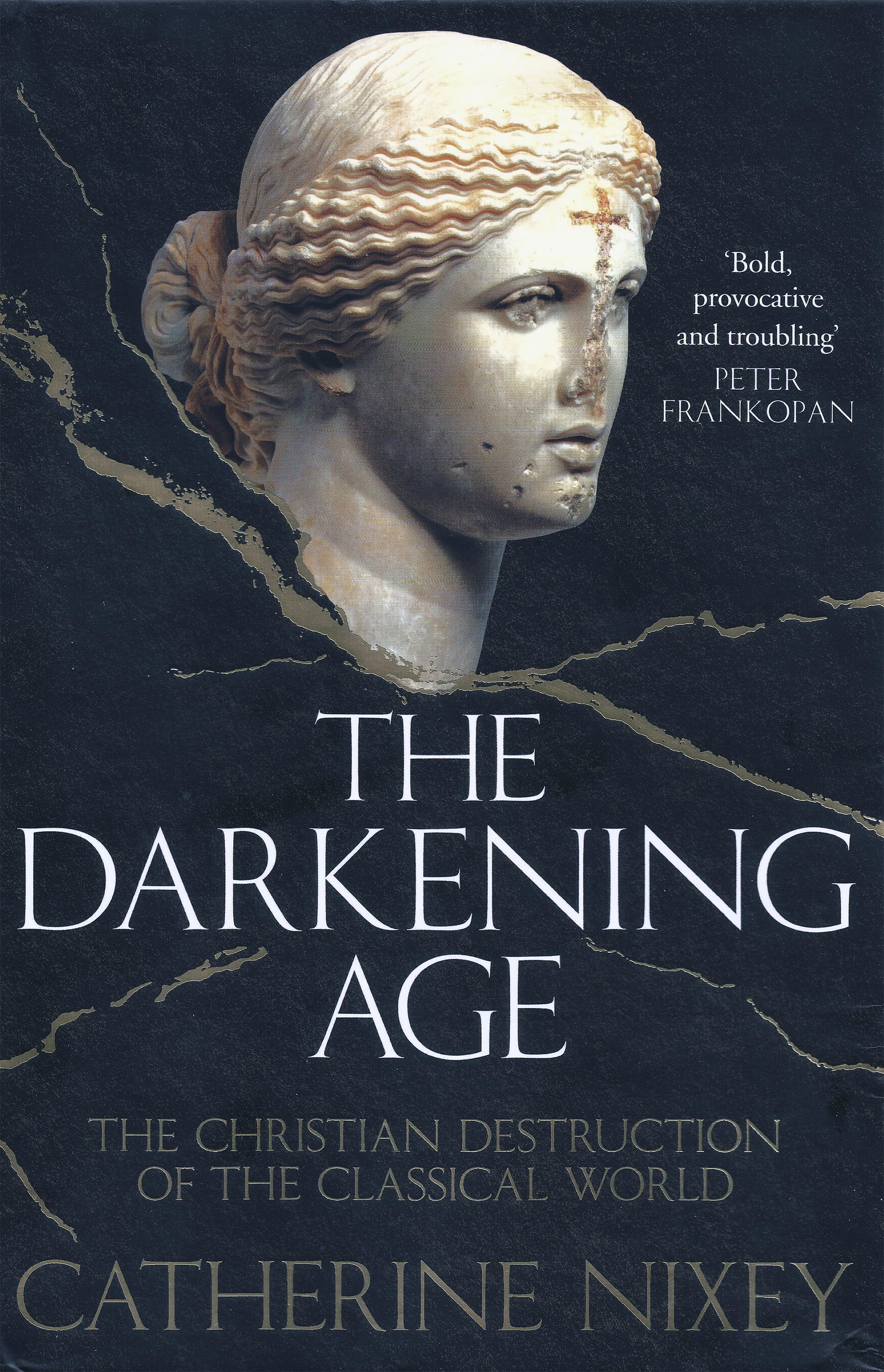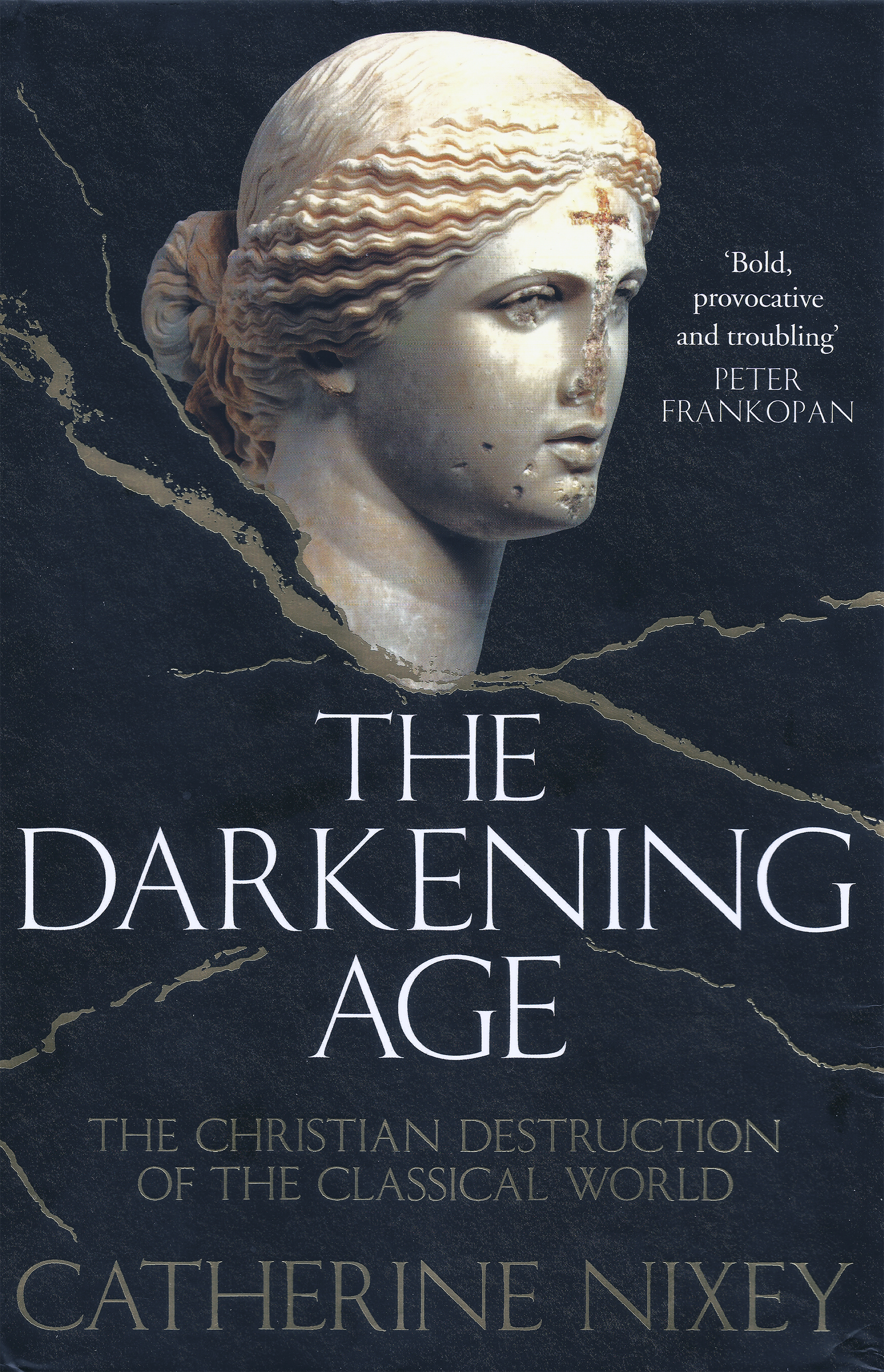
INTRODUCTION
Athens, AD 532
‘That all superstition of pagans and heathens should be annihilated is what God wants, God commands, God proclaims.’
— St Augustine
This was no time for a philosopher to be philosophical. ‘The tyrant’, as the philosophers put it, was in charge and had many alarming habits. In Damascius’s own time, houses were entered and searched for books and objects deemed unacceptable. If any were found they would be removed and burned in triumphant bonfires in town squares. Discussion of religious matters in public had been branded a ‘damnable audacity’ and forbidden by law. Anyone who made sacrifices to the old gods could, the law said, be executed. Across the empire, ancient and beautiful temples had been attacked, their roofs stripped, their treasures melted down, their statues smashed. To ensure that their rules were kept, the government started to employ spies, officials and informers to report back on what went on in the streets and marketplaces of cities and behind closed doors in private homes. As one influential Christian speaker put it, his congregation should hunt down sinners and drive them into the way of salvation as relentlessly as a hunter pursues his prey into nets.
The consequences of deviation from the rules could be severe and philosophy had become a dangerous pursuit. Damascius’s own brother had been arrested and tortured to make him reveal the names of other philosophers, but had, as Damascius recorded with pride, ‘received in silence and with fortitude the many blows of the rod that landed on his back’. Others in Damascius’ s circle of philosophers had been tortured; hung up by the wrists until they gave away the names of their fellow scholars. A fellow philosopher had, some years before, been flayed alive. Another had been beaten before a judge until the blood flowed down his back.
The savage ‘tyrant’ was Christianity. From almost the very first years that a Christian emperor had ruled in Rome in AD 312, liberties had begun to be eroded. And then, in AD 529, a final blow had fallen. It was decreed that all those who laboured ‘under the insanity of paganism’—in other words Damascius and his fellow philosophers—would be no longer allowed to teach. There was worse. It was also announced that anyone who had not yet been baptized was to come forward and make themselves known at the ‘holy churches’ immediately, or face exile. And if anyone allowed themselves to be baptized, then slipped back into their old pagan ways, they would be executed.
For Damascius and his fellow philosophers, this was the end. They could not worship their old gods. They could not earn any money. Above all, they could not now teach philosophy. The Academy, the greatest and most famous school in the ancient world—perhaps ever—a school that could trace its history back almost a millennium, closed.
It is impossible to imagine how painful the journey through Athens would have been. As they went, they would have walked through the same streets and squares where their heroes—Socrates, Plato, Aristotle—had once walked and worked and argued. They would have seen in them a thousand reminders that those celebrated times were gone. The temples of Athens were closed and crumbling and many of the brilliant statues that had once stood in them had been defaced or removed. Even the Acropolis had not escaped: its great statue of Athena had been torn down.
Little of what is covered by this book is well-known outside academic circles. Certainly it was not well-known by me when I grew up in Wales, the daughter of a former nun and a former monk. My childhood was, as you might expect, a fairly religious one. We went to church every Sunday; said grace before meals, and I said my prayers (or at any rate the list of requests which I considered to be the same thing) every night. When Catholic relatives arrived we play-acted not films but First Holy Communion and, at times, even actual communion…
As children, both had been taught by monks and nuns; and as a monk and a nun they had both taught. They believed as an article of faith that the Church that had enlightened their minds was what had enlightened, in distant history, the whole of Europe. It was the Church, they told me, that had kept alive the Latin and Greek of the classical world in the benighted Middle Ages, until it could be picked up again by the wider world in the Renaissance. And, in a way, my parents were right to believe this, for it is true. Monasteries did preserve a lot of classical knowledge.
But it is far from the whole truth. In fact, this appealing narrative has almost entirely obscured an earlier, less glorious story. For before it preserved, the Church destroyed.
In a spasm of destruction never seen before—and one that appalled many non-Christians watching it—during the fourth and fifth centuries, the Christian Church demolished, vandalized and melted down a simply staggering quantity of art. Classical statues were knocked from their plinths, defaced, defiled and torn limb from limb. Temples were razed to their foundations and burned to the ground. A temple widely considered to be the most magnificent in the entire empire was levelled.
Many of the Parthenon sculptures were attacked, faces were mutilated, hands and limbs were hacked off and gods were decapitated. Some of the finest statues on the whole building were almost certainly smashed off then ground into rubble that was then used to build churches.
Books—which were often stored in temples—suffered terribly. The remains of the greatest library in the ancient world, a library that had once held perhaps 700,000 volumes, were destroyed in this way by Christians. It was over a millennium before any other library would even come close to its holdings. Works by censured philosophers were forbidden and bonfires blazed across the empire as outlawed books went up in flames.
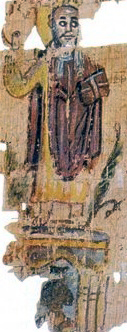
Fragment of a 5th-century scroll
showing the destruction of the Serapeum
by Pope Theophilus of Alexandria
The work of Democritus, one of the greatest Greek philosophers and the father of atomic theory, was entirely lost. Only one per cent of Latin literature survived the centuries. Ninety-nine per cent was lost.
The violent assaults of this period were not the preserve of cranks and eccentrics. Attacks against the monuments of the ‘mad’, ‘damnable’ and ‘insane’ pagans were encouraged and led by men at the very heart of the Catholic Church. The great St Augustine himself declared to a congregation in Carthage that ‘that all superstition of pagans and heathens should be annihilated is what God wants, God commands, God proclaims!’ St Martin, still one of the most popular French saints, rampaged across the Gaulish countryside levelling temples and dismaying locals as he went. In Egypt, St Theophilus razed one of the most beautiful buildings in the ancient world. In Italy, St Benedict overturned a shrine to Apollo. In Syria, ruthless bands of monks terrorized the countryside, smashing down statues and tearing the roofs from temples.
St John Chrysostom encouraged his congregations to spy on each other. Fervent Christians went into people’s houses and searched for books, statues and paintings that were considered demonic. This kind of obsessive attention was not cruelty. On the contrary: to restrain, to attack, to compel, even to beat a sinner was— if you turned them back to the path of righteousness—to save them. As Augustine, the master of the pious paradox put it: ‘Oh, merciful savagery.’
The results of all of this were shocking and, to non-Christians, terrifying. Townspeople rushed to watch as internationally famous temples were destroyed. Intellectuals looked on in despair as volumes of supposedly unchristian books—often in reality texts on the liberal arts—went up in flames. Art lovers watched in horror as some of the greatest sculptures in the ancient world were smashed by people too stupid to appreciate them—and certainly too stupid to recreate them.
Since then, and as I write, the Syrian civil war has left parts of Syria under the control of a new Islamic caliphate. In 2014, within certain areas of Syria, music was banned and books were burned. The British Foreign Office advised against all travel to the north of the Sinai Peninsula. In 2015, Islamic State militants started bulldozing the ancient Assyrian city of Nimrud, just south of Mosul in Iraq because it was ‘idolatrous’. Images went around the world showing Islamic militants toppling statues around three millennia old from their plinths, then taking hammers to them. ‘False idols’ must be destroyed. In Palmyra, the remnants of the great statue of Athena that had been carefully repaired by archaeologists, was attacked yet again. Once again, Athena was beheaded; once again, her arm was sheared off.
I have chosen Palmyra as a beginning, as it was in the east of the empire, in the mid-380s, that sporadic violence against the old gods and their temples escalated into something far more serious. But equally I could have chosen an attack on an earlier temple, or a later one. That is why it is a beginning, not the beginning. I have chosen Athens in the years around AD 529 as an ending—but again, I could equally have chosen a city further east whose inhabitants, when they failed to convert to Christianity, were massacred and their arms and legs cut off and strung up in the streets as a warning to others.
 I think Torba [pic] is showing what a newbie he is, by going into panic overdrive like this. Alex Linder confirmed that he lost his Gab account. He tried to contact Torba to ask about his 15,000 Tweets… but it seems he will never get his own tweets back from Gab.
I think Torba [pic] is showing what a newbie he is, by going into panic overdrive like this. Alex Linder confirmed that he lost his Gab account. He tried to contact Torba to ask about his 15,000 Tweets… but it seems he will never get his own tweets back from Gab.

